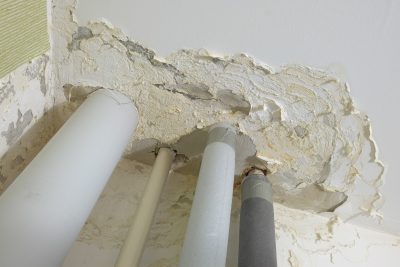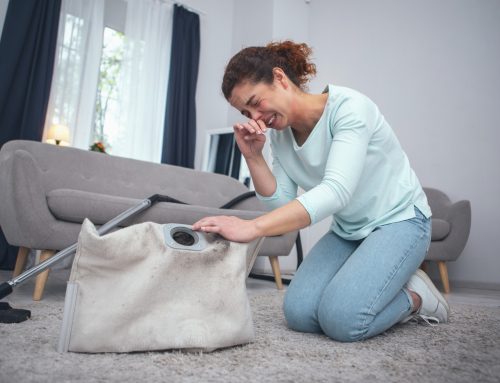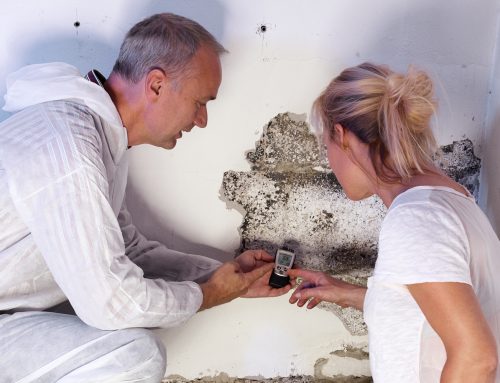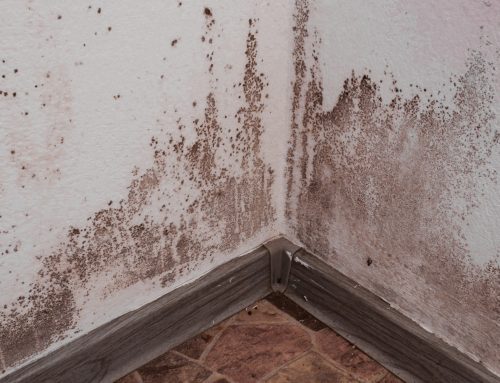
The World Health Organization estimates that 3.8 million people per year die from complications caused by indoor air pollution. One of the most harmful indoor air pollutants is mold. Mold is a toxic organic substance that can plague your home or business. Being able to identify mold and treat it fast is paramount to maintaining your health. Nobody wants their home to become a death trap.
Mold is a common health hazard that can be mitigated with ease. These 7 tips for mold identification will help you spot mold fast in your home before it becomes a problem.
1. You Exhibit Symptoms of Mold Exposure
If you have a constant runny nose, itchy eyes, or a worsening cough, they could be attributed to a mold problem in your home. Other symptoms of mold exposure include headaches, itchy skin, and sneezing.
Respiratory symptoms can also develop such as a wet cough, wheezing, or difficulty breathing. Disorientation, dizziness, or general confusion are also caused by long term exposures to mold.
Certain types of toxic mold can cause more serious complications and degenerative diseases. This includes things like organ failure, cancer, internal bleeding, pulmonary edema, and even death.
2. You Identify Mold Visible On Your Walls
If mold is visibly growing on your walls or ceilings it is often indicative of a deeper mold problem. Getting a mold test right away is important to determine the type of severity of your visible mold.
Only then can you start the mold remediation process. If there is mold on your walls try peeling back the wallpaper to see if it has grown inside your walls. It may be necessary to get a complete mold inspection to see if is growing within your drywall.
3. You Find Mold in Out of the Way Places
Try moving your fridge or stove around to gain access to the area behind it. Mold loves growing in the neglected areas of your home. Often times you will find visible patches of mold growing behind furniture or appliances.
If your couch is directly against the wall, try moving it. Furniture touching walls is conducive to mold growth as dust and particulate matter are trapped against them. This gives the mold spores something to take root on and proliferates growth.
Proper air circulation is also crucial to inhibiting mold growth. Try checking areas of your home with poor ventilation for mold. Chances are, behind that old painting in the attic there may be some mold.
4. You Notice a Must or Mold Smell
Buildings containing a mold infestation often give off an insidious odor. The smell is similar to old books or a damp basement. Sometimes it can burn your nose or eyes depending on the severity of the infestation.
If repeated or prolonged exposure to the smell results in clogged sinuses, there’s a fair chance that mold is the culprit. Sometimes certain areas of the home can smell moldier than others. Use your nose to sniff out where the mold may be lurking.
5. Your Home Is Subject to High Humidity
Mold thrives in dark moist environments with poor air circulation. If your home is located next to the ocean or in a high humidity environment, it may be susceptible to mold growth.
If your home is poorly ventilated, a mold problem is much more likely to develop. Try opening a window and circulating air with fans to increase ventilation. When cooking or taking showers make sure to utilize a vent system.
A dehumidifier can be a great way to lower relative humidity and decrease the potential for mold growth. The best way to keep mold out of your home is to keep indoor environmental conditions non-conducive to its growth
6. You Notice Mold-Related Bug Infestations
The most common form of mold-bugs is booklice. These tiny critters love eating mold and other fungi. They often live between the pages of old musty books, hence their name. A booklice infestation is indicative of an underlying mold problem.
Booklice thrive in moldy environments and an infestation can get worse fast if left untreated. If you notice tiny, skittish bugs that are tan, brown, or black in color around your home chances are you have booklice.
Booklice don’t feed on humans but they can crawl on your skin and lay eggs in your possessions. It is a disgusting feeling to always have a skin-crawling sensation in your home and know that it could be tiny bugs.
These creatures will not go away until your mold problem is abated. This usually involves raising relative humidity and increasing airflow. Often times it involves calling a specialist.
7. You Have Water Damage
Where water gets in, mold grows. If your home has been exposed to water damage it is only a matter of time before you also develop a mold problem. If you notice water spots on your ceiling or other indicators of water damage contact a professional.
Getting your water damage handled quickly is the most surefire way to decrease the likelihood of developing a mold problem. Any indicators of water damage can help identify where a mold infestation may be lurking.
Check your crawlspaces and foundation for signs of water damage after a flood. What starts as a simple fix can turn into a pit of moldy despair if it’s not handled right in the first place.
Mold Destroys Lives
Mold can ruin your home and destroy your life. It can compromise the health of you and your loved ones. Learning to identify mold early is the most critical step in preventing its proliferation.
Some people have to scrub mold from their walls every month. These people tend to not live as long, or be as healthy as those without a mold problem. Keep your home and family safe by abating mold today.
Identify and destroy all mold in your home. For information on all of your other favorite home services make sure to check out the rest of our blog.



